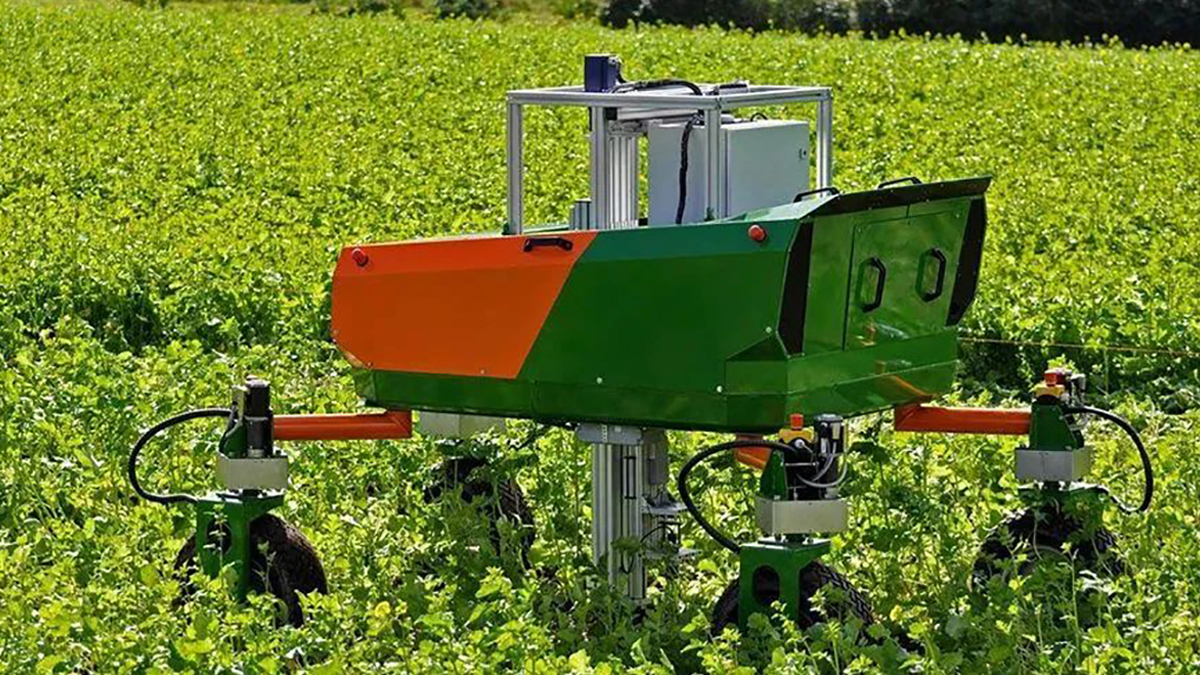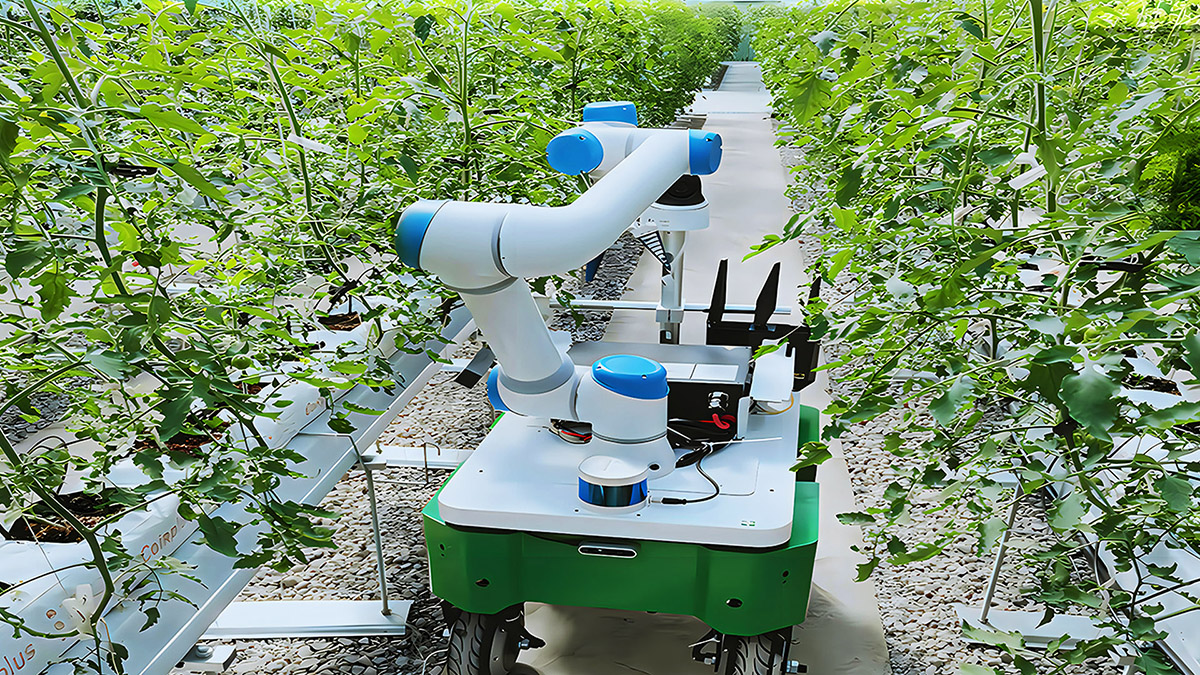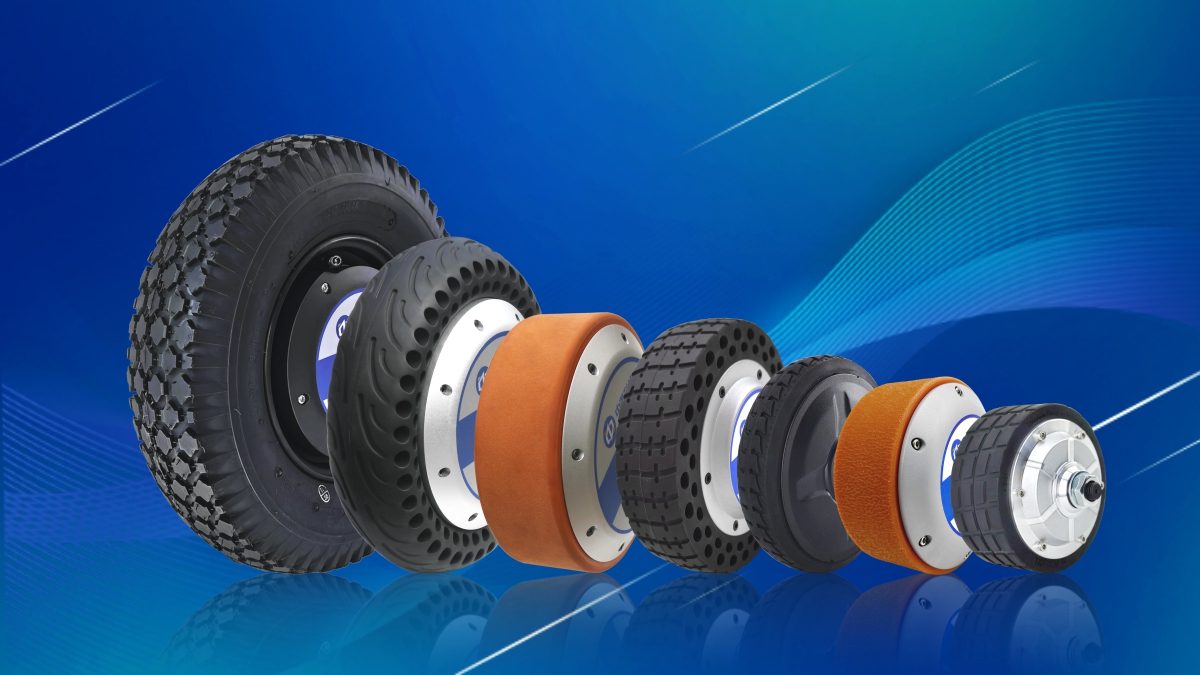Agricultural robots are gradually revolutionizing the planting methods in agriculture, significantly improving agricultural production efficiency through advanced technologies from automatic planting to precise harvesting, effectively solving key problems such as labor shortage, low resource utilization, and increasing demand for food. The diversified uses of agricultural robots, such as automatic navigation, precision agricultural operations, and real-time data analysis, jointly promote the efficiency, high yield, and environmental protection of agriculture. However, the promotion of agricultural robots also faces challenges such as large capital investment and social and economic acceptance. At the same time, the role of agricultural robots is also influenced by technological innovation and agricultural practices to adapt to modern agricultural challenges, requiring continuous adaptation and adjustment.
1. Broad development prospects
1.1 Technological breakthroughs and intelligent upgrades
Agricultural robots will integrate advanced technologies such as artificial intelligence, sensors, and 5G to achieve full process automation of precision planting, intelligent irrigation, and automatic weed control, significantly improving production efficiency.
1.2 Solve core agricultural problems
Effectively addressing challenges such as labor shortages, limited land resources, and environmental changes, reducing resource waste through precise operations, and promoting sustainable agricultural development.
1.3 Market potential and policy support
The global agricultural robot market is expected to grow exponentially, with mature markets such as Europe and North America and emerging markets in the Asia Pacific region jointly promoting technology popularization. Government policy support and consumer demand growth are key driving forces.
2. Technical challenges and cost constraints
2.1 Environmental complexity and adaptability
The non standardized agricultural environment (such as undulating terrain and crop diversity) requires robots to have high levels of collaboration and adaptability, and current technology still needs to be optimized.
2.2 High cost and technological stability
High end sensors, artificial intelligence algorithms, and other hardware investments make it difficult for small and medium-sized farms to afford them; Meanwhile, some technologies, such as harvesting and fruit recognition, have not yet fully matured.
2.3 Difficulty in technical integration
It is necessary to integrate technologies from multiple fields such as optics, mechanics, and algorithms to achieve multi machine collaborative operation, and the current system stability needs to be improved.
3. Socio economic challenges
3.1 Labor substitution and employment issues
Robots may replace some traditional positions, requiring a balance between technology introduction and labor transformation to avoid social conflicts.
3.2 Uneven regional development
Developed regions have high technological maturity, while developing regions face problems such as weak infrastructure and low technology penetration rates, and need to strengthen technology transfer and training.
4.Future development direction
4.1 Multi scenario fusion application
Transforming from single mechanization to full process intelligence of sowing, fertilizing, harvesting, etc., combining drones and sensors to achieve precision agriculture.
4.2 Sustainable Development Goal
By reducing the use of fertilizers and pesticides, optimizing resource utilization, and helping to achieve carbon neutrality and ecological protection.
Overall, agricultural robots have a bright future, but they need to overcome multiple challenges such as technology, economy, and society, and achieve comprehensive promotion through policy guidance, technological innovation, and industry collaboration.
With the development and popularization of robots worldwide, the application of agricultural robots is becoming increasingly widespread. Shenzhen Zhongling Technology Co., Ltd. has been committed to the development of agricultural robot wheel hub motors and drivers since 2023, and has achieved significant results so far. For more details, please refer to https://www.robotmotor.com/.
Post time: Nov-04-2025



